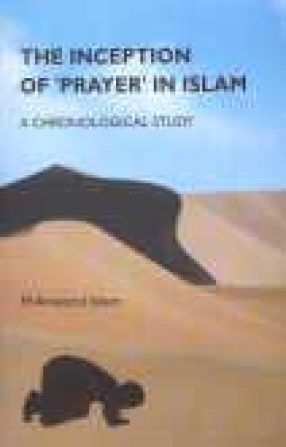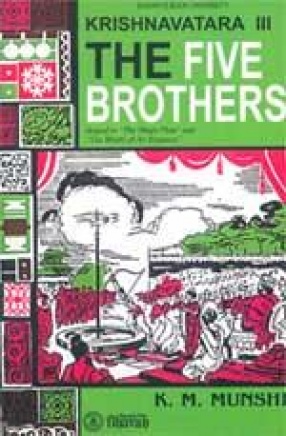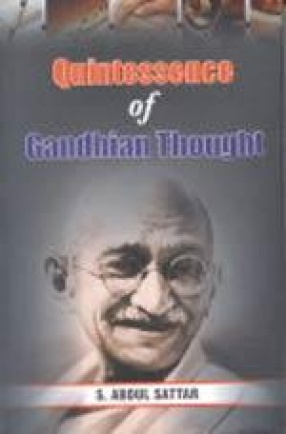The research was based on information obtained from three main sources, i.e., (i) the Qur'an, which is the holy book and the principal source of guideline for a Muslim, (ii) Hadith or the sayings, reported actions and anecdotes relating the words and deeds of Prophet Muhammad, and (iii) the Sira (biography) of the prophet. Most of the earliest biographies, dating back to the second century AH, have now been translated into English and the interpretations of the Qur’an as well as several versions of the chronology of revelation of its verses are available. The word 'prayer' (Salat) is mentioned in the very first revealed Surah (chapter) of the Qur’an. These two sources provided the data to establish a sequential development of prayer in the pre-Hijra period of Islam, i.e., during the life of the prophet before his migration from the city of Makka to Madina in 622 AD. The Sahih (authentic) Hadith, whose compilation began about 150 years after the Prophet’s death, include a large number of his traditions on prayer, especially in the post-Hijra Madina. While the core aspects of a Muslim’s prayer, i.e., the basic manner of performance and its orientation towards a Qibla, were established in Makka, the final shape of the canonical prayer including the details of all the different prayers were finalized in Madina."
The Inception of ‘Prayer’ in Islam: A Chronological Study
In stock
Free & Quick Delivery Worldwide
reviews
Bibliographic information
Title
The Inception of ‘Prayer’ in Islam: A Chronological Study
Author
Edition
1st ed.
Publisher
ISBN
9847022000301
Length
viii+98p.
Subjects





There are no reviews yet.